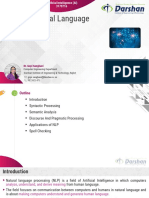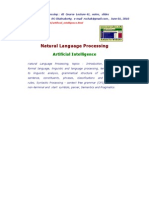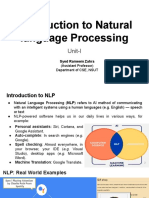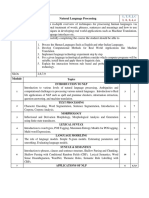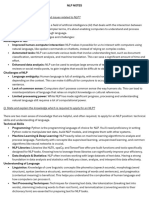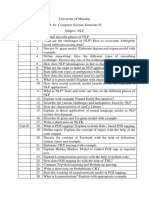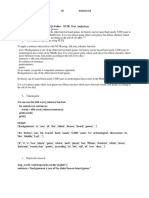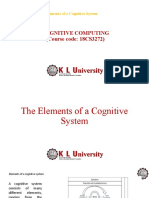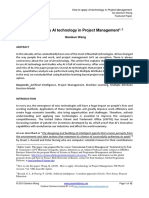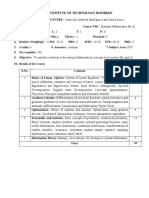100% found this document useful (1 vote)
454 views34 pagesNLP Unit 1
The document outlines a syllabus for a natural language processing course, including prerequisites of basic English grammar and machine learning knowledge, course objectives of understanding NLP algorithms and tasks, and units covering introductions to NLP, applications like information extraction and question answering, and the different approaches of rule-based, statistical, and neural machine translation.
Uploaded by
hellrider22Copyright
© © All Rights Reserved
We take content rights seriously. If you suspect this is your content, claim it here.
Available Formats
Download as PDF, TXT or read online on Scribd
100% found this document useful (1 vote)
454 views34 pagesNLP Unit 1
The document outlines a syllabus for a natural language processing course, including prerequisites of basic English grammar and machine learning knowledge, course objectives of understanding NLP algorithms and tasks, and units covering introductions to NLP, applications like information extraction and question answering, and the different approaches of rule-based, statistical, and neural machine translation.
Uploaded by
hellrider22Copyright
© © All Rights Reserved
We take content rights seriously. If you suspect this is your content, claim it here.
Available Formats
Download as PDF, TXT or read online on Scribd
/ 34



